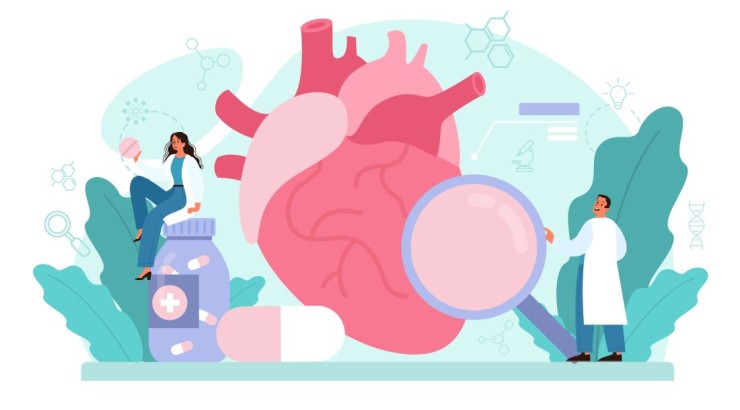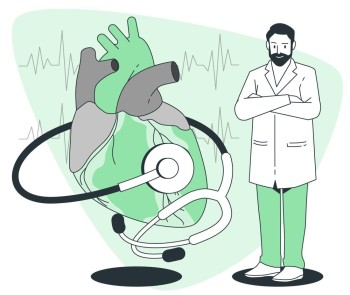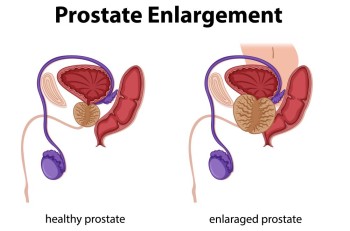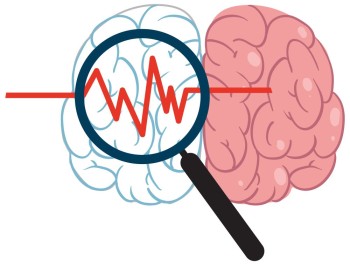
₹7,200
₹9,000
An MRI Aortogram is a detailed diagnostic imaging procedure focused on visualizing the aorta, the main artery that carries blood from the heart to the rest of the body.
Category:
MRI Scan



